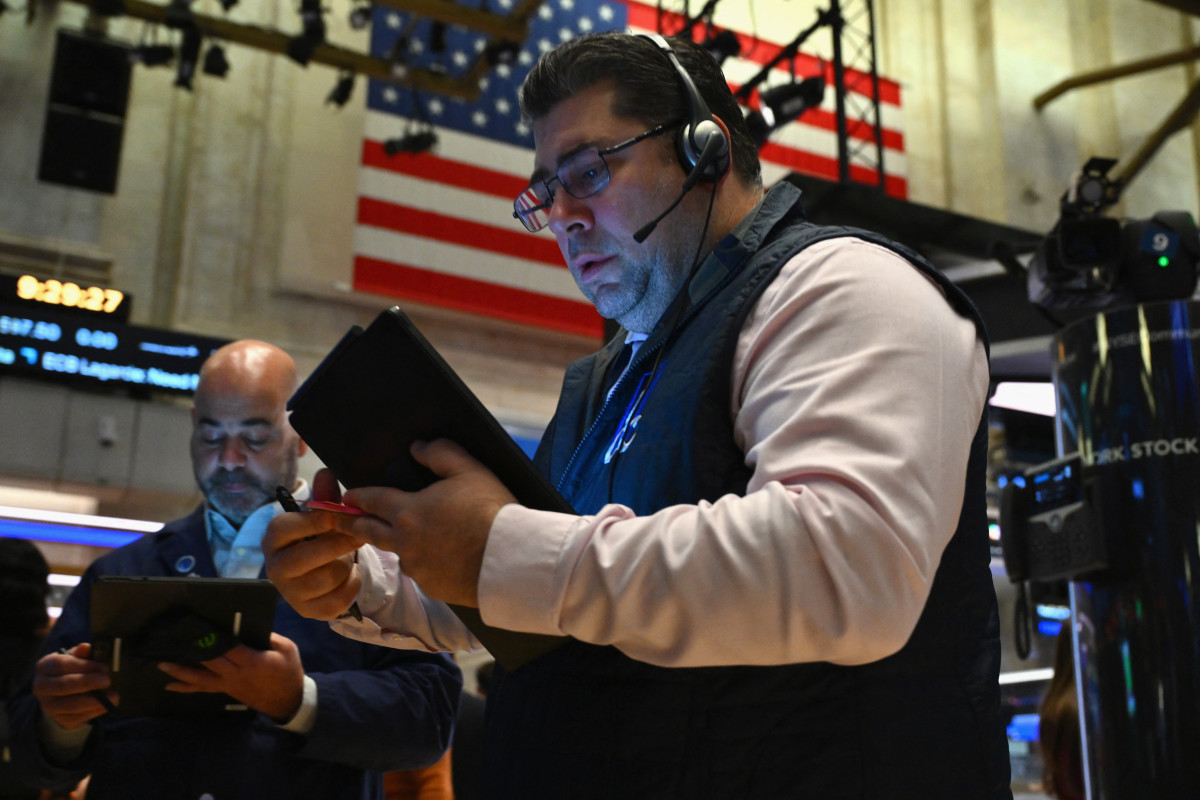
U.S. Presidents get applauded - and blamed for - quite a bit during their tenures. And the spotlight gets even brighter during an election year. So for this President’s Day, TheStreet’s J.D. Durkin breaks down which Commanders in Chief brought the biggest lifts to the stock market - and why they don’t exactly deserve all the credit.
Full Video Transcript Below:
J.D. DURKIN: No U.S. president is entirely responsible for how the stock market has performed during his administration. After all, even sweeping new policies that become law may not work their way through the economy or stock market until long after that person has left office. But fair or not, voters – and investors – will always tie executive branch policies to overall market conditions.
The “market” as we understand it today is a newer creation relative to the presidency. For instance, the Dow was created during Grover Cleveland’s White House in 1896. But overall S&P 500 composite data by Yale economist Robert Shiller shows a few surprises in market performance under different administrations.
First, the winners – stock price performance over the presidency of Barack Obama was 166.14%, good enough for third place in modern U.S. history. Of course, Obama took over during the depths of the Great Financial Crisis. Second on this list was his Democratic Party predecessor in the Oval Office: Bill Clinton at 202.38%.
And the shocking leader of the bunch? President Calvin Coolidge, who took office in 1923, whose stock price performance change was a whopping 208.52%, for an average monthly return of 1.74%. That’s the largest for any president since the start of the 20th century.
As for the laggards, the presidency of Richard Nixon oversaw dismal figures in the markets at -21.86%. Republican President George W. Bush didn’t fare much better when all was said and done, clocking in at -33.71%. And no big surprise with the worst-performing market under a White House: Herbert Hoover at -75.42%, or an average monthly return of -2.23%. Our nation’s 31st president oversaw the beginning of the Great Depression.
Of course, the stock market and the economy are not the same thing – and while it may be a bit of a surprise to many, it’s actually Democratic administrations that tend to result in better market returns over history. But as Wharton Professor Jeremy Siegel told Forbes, “Stock markets do perform better under Democrats than under Republicans. That’s a well-known fact, but it does not imply cause and effect.”







